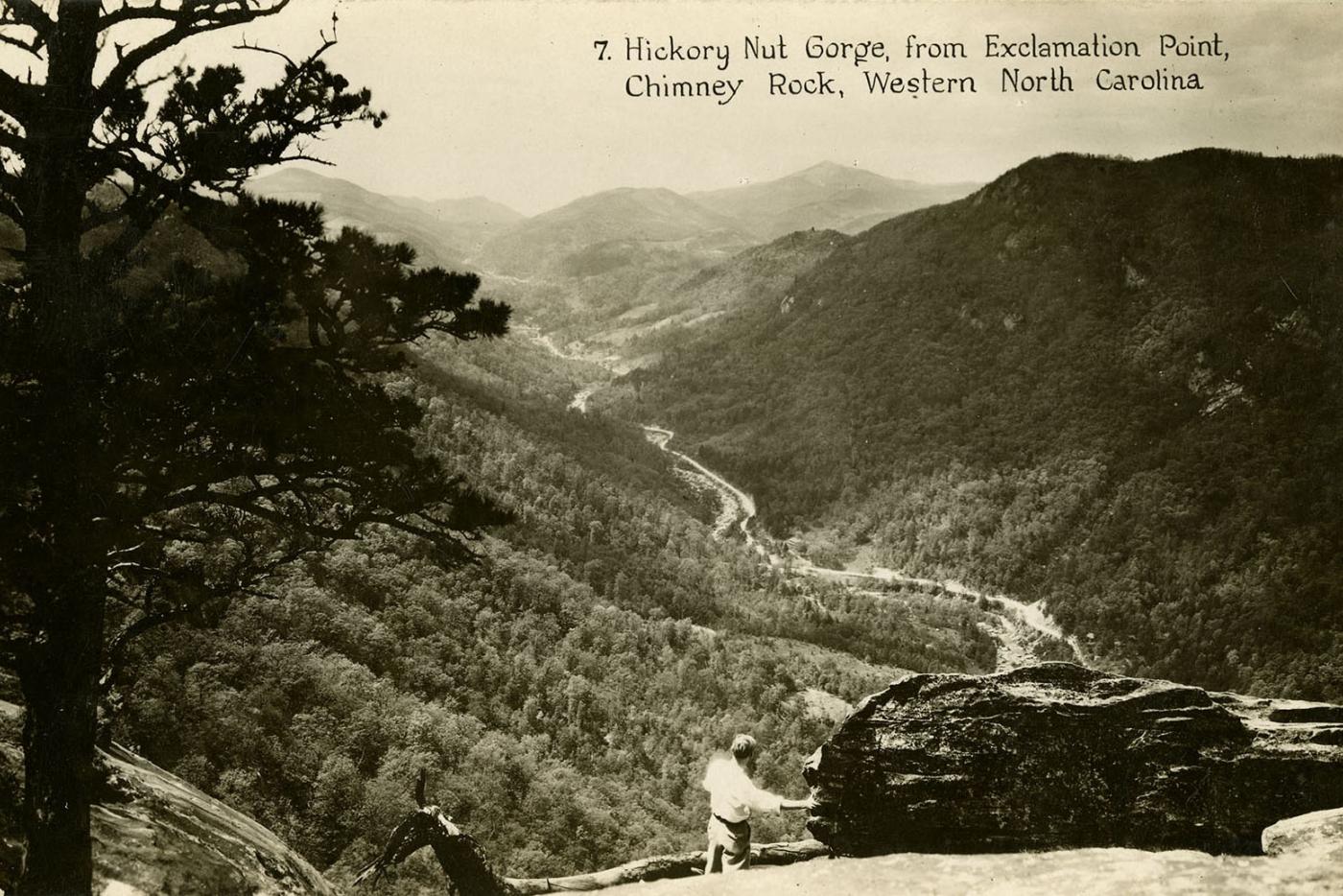A new traveling exhibit from Buncombe County Public Libraries and Buncombe County Special Collections opens Saturday, Oct. 4 at the Mountain Gateway Museum. “Masa’s Mountains” examines the life, work, and legacy of photographer George Masa. The exhibit runs through the end of January 2026. The Mountain Gateway Museum is part of the N.C. Department of Natural and Cultural Resources.
George Masa, born Masahara Izuka, built a legacy of stunning photography capturing the natural beauty of Western North Carolina and the lives of its people throughout the 1920s and 30s.
Masa was born in Osaka, Japan on Jan. 20, 1881, and immigrated to the United States in 1901. In 1915, he moved to Asheville, N.C., where he built a career as a photographer and deep relationships with local people and the land. Not only did his photography document a dramatic period of change in Western North Carolina, his tireless work alongside his close friend, writer and conservationist Horace Kephart, was key to establishing the Great Smoky Mountains National Park and portions of the Appalachian Trail.
“Masa’s Mountains” features a collection of 16 reprints of George Masa’s photographs from Buncombe County Special Collections. It also includes an assortment of reproduction postcards made from Masa’s photographs, and advertisements for camera and equipment similar to his, courtesy of the Mountain Heritage Center and Hunter Library at Western Carolina University.
For more information about this exhibit, visit the Mountain Gateway Museum’s website at www.mgmnc.org or contact Jesse Bricker at (828) 619-5100 or jesse.bricker@dncr.nc.gov.
The museum is open year-round from 9 a.m. to 5 p.m. Tuesday through Saturday. It is closed on Sundays, Mondays, and state holidays. Admission is free.
About Mountain Gateway Museum
A regional branch of the North Carolina Museum of History in Raleigh, the Mountain Gateway Museum & Heritage Center (MGM) is the westernmost facility in the NC Department of Natural & Cultural Resources’ Division of State History Museums.
Nestled at the foot of the Blue Ridge Mountains along the banks of historic Mill Creek in downtown Old Fort (McDowell County), the museum uses artifacts, exhibitions, educational programs, living history demonstrations, and special events to teach people about the rich history and cultural heritage of the state’s mountain region, from its original inhabitants through early settlement and into the 20th century.
As part of its education outreach mission, MGM also assists nonprofit museums and historic sites in 38 western NC counties with exhibit development & fabrication, genealogical research, photography archives, traveling exhibitions, and consultations. For more information, visit the museum’s website: www.mgmnc.org or call 828-619-5100.
About the North Carolina Department of Natural and Cultural Resources
The N.C. Department of Natural and Cultural Resources (DNCR) manages, promotes, and enhances the things that people love about North Carolina – its diverse arts and culture, rich history, and spectacular natural areas. Through its programs, the department enhances education, stimulates economic development, improves public health, expands accessibility, and strengthens community resiliency.
The department manages over 100 locations across the state, including 27 historic sites, seven history museums, two art museums, five science museums, four aquariums, 35 state parks, four recreation areas, dozens of state trails and natural areas, the North Carolina Zoo, the State Library, the State Archives, the N.C. Arts Council, the African American Heritage Commission, the American Indian Heritage Commission, the State Historic Preservation Office, the Office of State Archaeology, the Highway Historical Markers program, the N.C. Land and Water Fund, and the Natural Heritage Program. For more information, please visit www.dncr.nc.gov.

